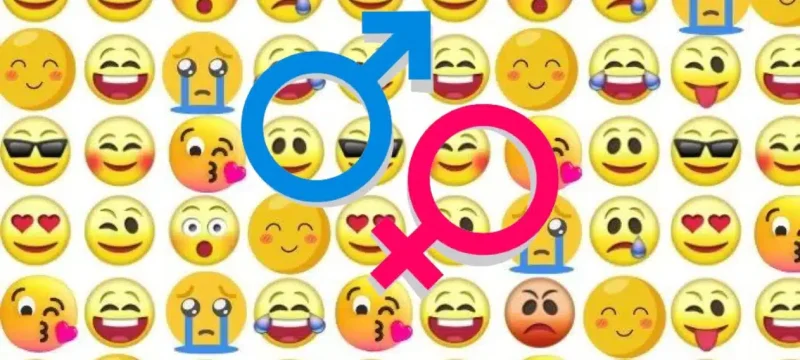According to a report by Independent, a recent study suggests that women and men interpret and understand emojis differently, highlighting the importance of ensuring that emojis are interpreted correctly in communication.
The subjective nature of emojis means that their meaning can vary widely among individuals. For example, while some may perceive a tearful face emoji as expressing sadness, others may interpret it as conveying immense happiness that brings tears to the eyes.
Emojis serve as a means to express emotions, but their interpretation can differ based on factors such as gender and age, reflecting varying ideas of expression among people.
Also Read: Now You Can React to Emails with Emojis
The study involved 523 adults, with 49% being men and 51% being women. Participants were presented with emojis from different platforms such as Apple, Windows, Android, and WeChat, and were asked to categorize them into six emotional states based on their understanding.
Results showed that women, compared to men, were more proficient in accurately interpreting emojis into categories representing happiness, disgust, fear, sadness, surprise, and anger. However, no significant gender differences were observed in the interpretation of surprised or disgusted emojis.
Dr. Ruth Filik, associate professor in the School of Psychology at the University of Nottingham, noted the intriguing finding of individual differences in emoji interpretation. She emphasized the importance of considering these differences when using emojis in communication.
The researchers highlight the need for further exploration into the ambiguity of emojis, particularly in communication across gender, age, and cultural differences. Understanding how emojis are perceived by different groups can enhance effective communication in various contexts.









